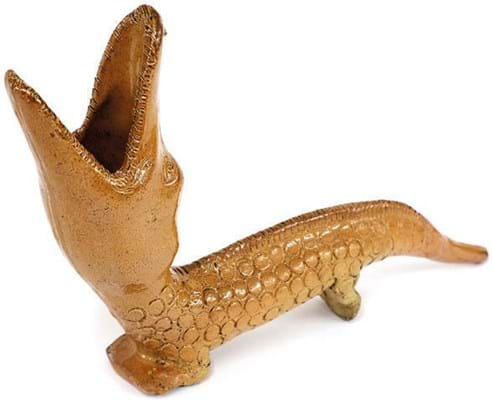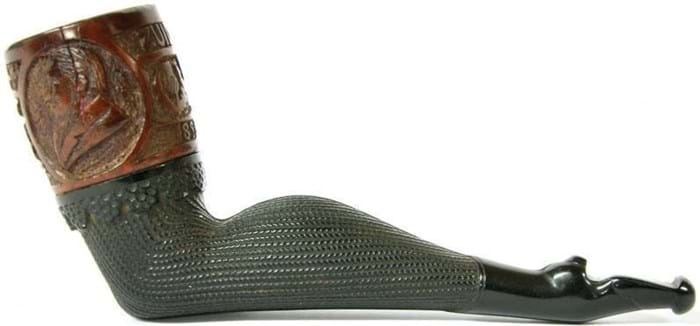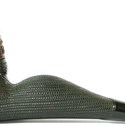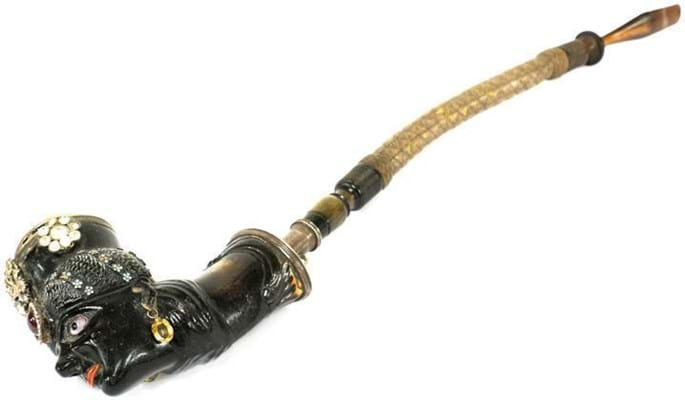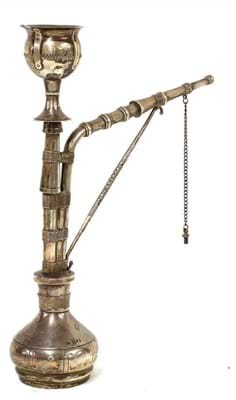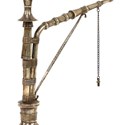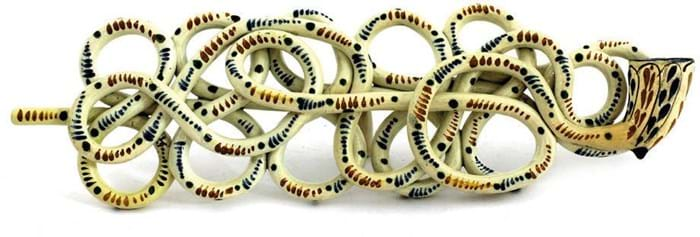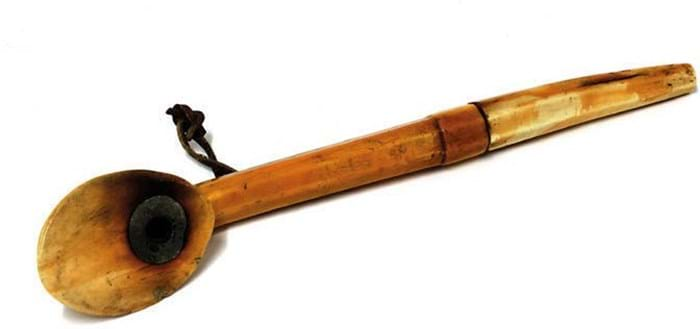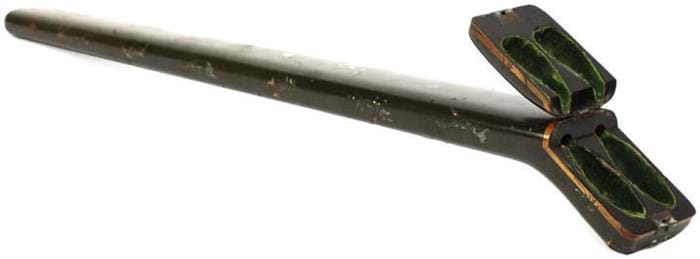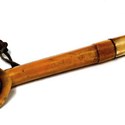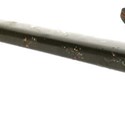Sworders (25% buyer’s premium) is dispersing one of the world’s finest collections of pipes and smoking accoutrements across a number of sales.
The Trevor Barton (1920-2008) collection represents more than 50 years of acquisition and study by a pipe collector known simply to many in the antiques trade as ‘The Pipe Man’.
His family recall life in a small Tudor cottage in Hertfordshire surrounded by hundreds of pipes and visits from fellow members of the Academie Internationale de la Pipe, the collecting association formed in 1984.
Barton had began collecting tobacco-related items in 1947, shortly after he was demobbed. As well as regular visits to Bermondsey market in south London, he travelled widely during a sales and marketing career which helped him to grow his collection.
Vast holdings
Selected items from Barton’s vast holdings were sold at Christie’s in 2010, but the remainder were kept by the family. The first tranche of the collection formed part of Sworders’ Fine Interiors auction in Stansted Mountfitchet on September 22-23 when, with input from across the globe (bids came from Canada, the US, UK and Middle East and the Netherlands), all but seven of the 68 lots were sold.
Sir Walter Raleigh is credited with bringing tobacco to England. Queen Elizabeth was promptly sick after her first smoke and James I called the habit ‘loathsome to the eye, harmful to the brain and dangerous for the lungs’. However, any efforts to stop the vogue for tobacco failed miserably.

Late 19th century erotic meerschaum combined cheroot holder and pipe, 9in (22cm) – £350 at Sworders.
The collection included many English pipes and tobacco-related items from the Georgian and Victorian eras, made in a wide variety of materials: metal, wood and pottery and the hydrous silicate of magnesium (better known as meerschaum) that took European pipe-making to its zenith in the 19th century.
Meerschaum pipes could be easily carved into elaborate designs, some of them serious, some of them downright racy. There were a couple of good examples of the latter: combined pipes and cheroot holders modelled as scantily clad ladies with silk-lined leather cases doubling as beds, sold at £450 and £350 each.
Novelty English pottery pipes included a Prattware coiled pipe c.1820 painted in ochre and blue dashes and a Staffordshire saltglazed stoneware pipe in the form of a crocodile with gaping jaws c.1800. These sold at £880 and £750 respectively.
Tribal interest
However, Barton’s particular interest was tribal and ethnographic items.
A pipe with a flared bowl, detachable mouthpiece and a leather suspension strap was made by the Samoyed people of east Siberia, carved from a piece of mammoth ivory. It was sold for £2300 together with a copy of Alfred Dunhill’s The Pipe Book where it is pictured on the spine of the dust jacket.
From Kyrgyzstan, two 19th century Circassian wood pipes were inlaid with mother-of-pearl, brass and bone – one with a clay bowl mounted with silver leaves measuring 2ft (60cm), the other with a carved wood bowl at 2ft 5in (73cm) long. These sold for £2200.
A black lacquer and abalone case for two clay pipes measuring 2ft 5in (72cm) long was the most coveted single piece in the collection. Made in Edo period Japan in the early 18th century, it is similar to another in the Rijksmuseum in Amsterdam. An item with obvious crossover collection appeal, it took £4800 (estimate £1500-2000).
Multi-estimate bids came for a large quantity of Ottoman era pipes with red and black clay chibouk bowls. One lot of more than a dozen pieces, some admired for amber or faturan mouthpieces, sold way over hopes at £9200.

Two 19th century Circassian wood and inlaid pipes, 2ft (60cm) and 2ft 5in (73cm) – £2200 at Sworders.
Bragge-ing rights
Among Barton’s proudest moments was the discovery of the personal notebooks of his hero William Bragge, a 19th century master cutler from Sheffield who amassed a collection of over 7000 pipes and accessories that were dispersed in the 1880s (many went to the British Museum).
After a chance meeting with Bragge’s grand-daughter, Barton bought some of his papers and in 1991 published the contents as A Portfolio of William Bragge and his Pipes of all Peoples.
Only 25 copies were printed and sold to members of the International Academy of the Pipe, so this too is a rarity. Bragge’s own copy, number one of the edition, sold together with an etching of Bragge surrounded by pipes, sold at £420.
More items from the Barton collection will be offered this week at Sworders’ Homes & Interiors auction on October 14 with Chinese and Japanese pipes part of an Asian art sale on November 6.


